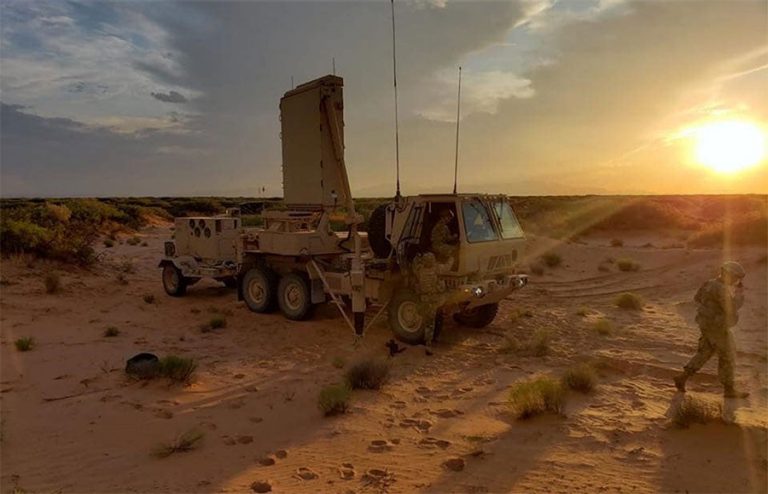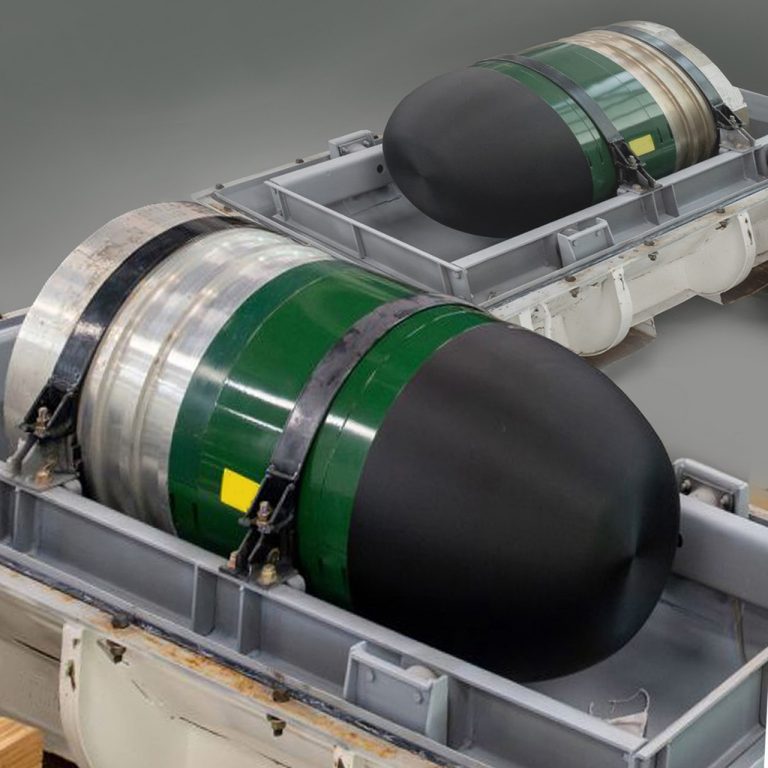High Resolution, Penetrating RADAR Detects, Geo-Locates and Communicates Threats
Ongoing counter-terrorism and counter-insurgency operations present tough challenges that our forces must face each day. They need surveillance and reconnaissance capabilities that provide a long-term stare at specific geographic locations so they can detect environmental changes, patterns, and asymmetric tactics. With Lockheed Martin’s Tactical Reconnaissance and Counter-Concealment (TRACER), customers have a long endurance surveillance capability for all operational environments.
TRACER, a lightweight, low-frequency synthetic-aperture radar (SAR), meets the challenges of seeing what was previously unseen by sensing with radio waves rather than light. This dual band (UHF/VHF) SAR can peer through foliage, rain, darkness, dust storms or atmospheric haze to provide real-time, high-quality tactical ground imagery, anytime it is needed, day or night. TRACER’s advanced penetrating SAR technology provides a unique ability to detect threats and illicit activities. Unlike most radars, TRACER uses low frequency radio waves in the UHF and VHF frequency ranges allowing detection through dense forest canopy and even below ground.
TRACER also incorporates data link technology that allows airborne processed results to be down-linked to ground stations immediately. The system includes a portable ground station to plan, collect, support missions, and exploit imagery. This penetrating detection capability on a persistent surveillance platform provides commanders at all levels with actionable intelligence in a tactical, useful timeline.
Proven Synthetic Aperture Radar for Manned or Unmanned Platforms
TRACER’s design is predicated on Lockheed Martin’s proven foliage penetration (FOPEN) technology, developed specifically to detect vehicles, buildings, and large metallic objects in broad areas of dense foliage, forested areas and wooded terrain. The TRACER system builds upon the FOPEN technology advancements by not only shrinking and modernizing the radar, but also by configuring it for unmanned endurance aircraft. The radar’s advanced detection capability suppresses background clutter and returns from stationary objects, while revealing the positions of mobile and portable targets. These technology advances, coupled with lessons learned from ongoing FOPEN operations, have contributed to new concepts of operations for the system. The system can be operated from low to very-high altitudes –– on manned and unmanned platforms.
Developed in the late 1990s under the sponsorship of the Defense Advanced Research Projects Agency, U.S. Army and U.S. Air Force, the FOPEN system has flown more than 1,000 successful missions. Over the course of hundreds of flights over the past decade, the FOPEN radar system’s detection and topography capabilities have proven extremely robust against a variety of targets and foliage environments. Concealed targets obviously present a number of challenges to many different types of sensors. Both the FOPEN and TRACER systems are uniquely able to overcome many of these impediments to detect and accurately locate obscured targets. The change detection capabilities of FOPEN and TRACER not necessarily limited to large targets nor is the application of penetrating radar limited to forested environments.
There are currently four qualified TRACER systems available for deployment on manned or unmanned platforms. TRACER was developed for the U.S. Army’s Intelligence and Information Warfare Directorate, based at Aberdeen Proving Grounds, Md.
+1 (202) 863-3420






